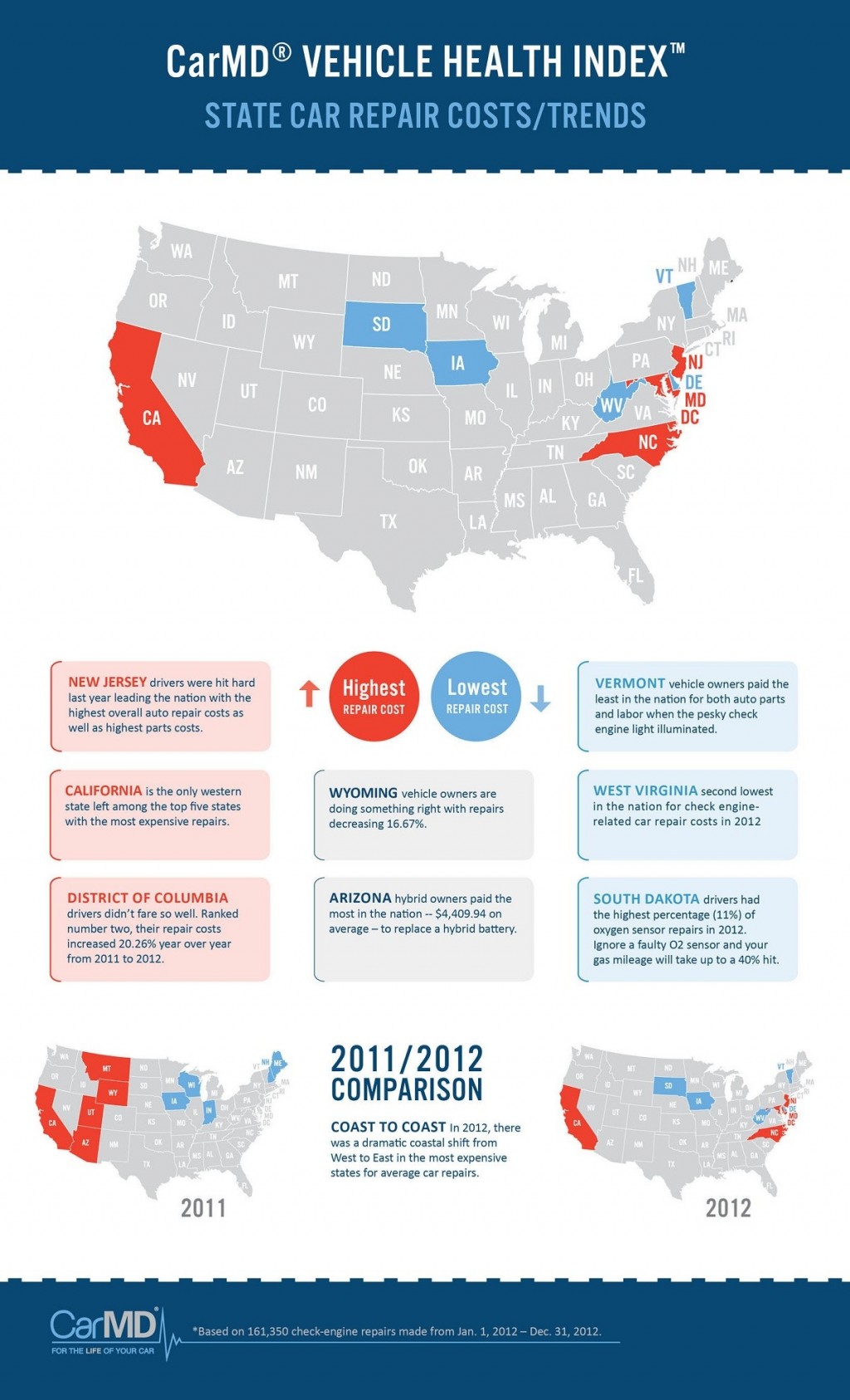Assessing Your Car'S Warning Indicators: What They Really Communicate
Assessing Your Car'S Warning Indicators: What They Really Communicate
Blog Article
Short Article By-Faulkner Winters
When you lag the wheel, those radiant caution lights on your control panel can be a little bit complicated. Do you understand what they're attempting to inform you about your automobile's health? Understanding the relevance of these lights is essential for your security and the long life of your automobile. So, the following time among those lights pops up, wouldn't you wish to understand its message properly and take the needed actions to resolve it?
Common Caution Lighting and Interpretations
Recognize common warning lights in your auto and comprehend their meanings to make certain risk-free driving.
The most typical warning lights include the check engine light, which signifies concerns with the engine or exhausts system. If this light comes on, it's important to have your car checked quickly.
carautodetailing warning light suggests low oil stress, requiring immediate focus to avoid engine damage.
A blinking battery light may suggest a faulty billing system, possibly leaving you stranded if not addressed.
The tire stress monitoring system (TPMS) light notifies you to low tire pressure, influencing lorry stability and gas efficiency. Ignoring this can result in unsafe driving conditions.
The abdominal light shows an issue with the anti-lock stopping system, jeopardizing your capability to stop swiftly in emergencies.
Finally, the coolant temperature level warning light warns of engine overheating, which can cause serious damages if not resolved quickly.
Comprehending these typical caution lights will certainly assist you address issues immediately and preserve secure driving conditions.
Value of Prompt Interest
Understanding the usual warning lights in your car is only the very first step; the relevance of quickly attending to these warnings can't be emphasized sufficient to ensure your safety when driving.
When a caution light brightens on your control panel, it's your vehicle's means of interacting a potential concern that requires attention. Disregarding these warnings can cause much more extreme problems in the future, endangering your safety and potentially costing you a lot more in repairs.
https://www.kbb.com/car-advice/air-conditioning/ to alerting lights can protect against malfunctions and crashes. For instance, a flashing check engine light can show a misfire that, if left ignored, might trigger damages to the catalytic converter. Addressing this without delay can conserve you from a costly repair service.
In a similar way, a brake system warning light might indicate low brake fluid or worn brake pads, crucial parts for your safety when driving.
DIY Troubleshooting Tips
If you discover a caution light on your control panel, there are a few do it yourself troubleshooting tips you can try prior to looking for specialist help.
The primary step is to consult your cars and truck's guidebook to understand what the details caution light indicates. Sometimes the problem can be as easy as a loose gas cap activating the check engine light. Tightening up the gas cap might solve the trouble.
Another typical issue is a low battery, which can set off numerous alerting lights. Checking cardetailingservice for rust and guaranteeing they're safe and secure might take care of the trouble.
If a caution light continues, you can attempt resetting it by separating the car's battery for a few minutes and after that reconnecting it. Additionally, inspecting your car's liquid levels, such as oil, coolant, and brake liquid, can assist fix alerting lights related to these systems.
Conclusion
In conclusion, recognizing your auto's warning lights is necessary for keeping your car running smoothly and safely. By immediately attending to these alerts and understanding what they suggest, you can stay clear of expensive repair work and potential malfunctions.
Keep in mind to consult your automobile's handbook for particular information on each warning light and take action as necessary to ensure a trouble-free driving experience.
Remain notified, stay risk-free on the road!
